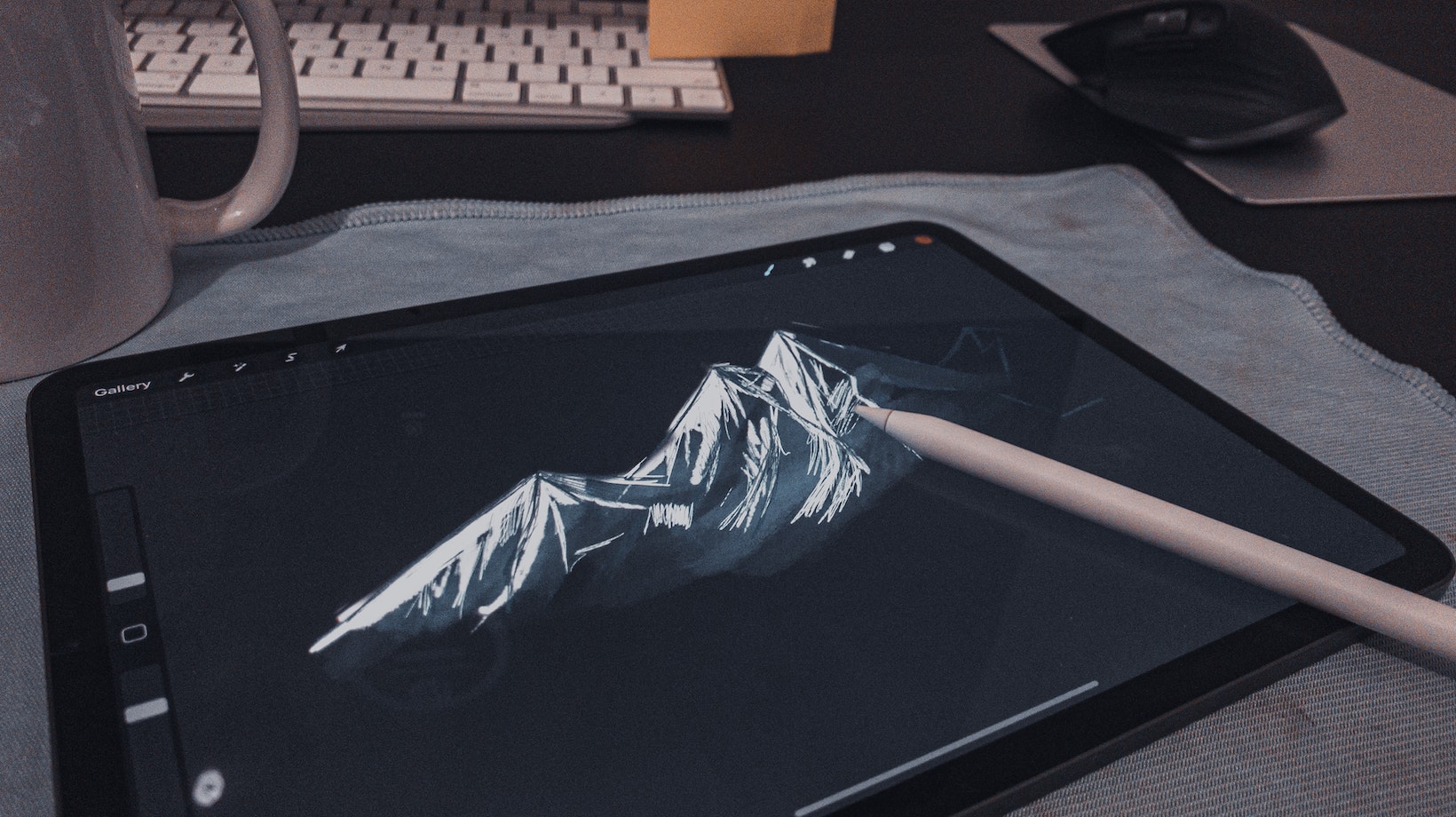Wondering how to create a brush in Illustrator? Look no further, because I’ve got you covered! In this article, I’ll guide you through the step-by-step process of creating your own custom brushes that will add a touch of uniqueness to your designs. Whether you’re a seasoned Illustrator user or just starting out, creating brushes can open up a whole new world of creative possibilities.
To get started, open up Adobe Illustrator and select the Brush tool from the toolbar. From there, click on the Brushes panel to reveal a wide range of brush options. You can choose from various brush types such as Calligraphic, Scatter, Artistic, and Pattern brushes. Each type offers different characteristics and effects that you can experiment with.
Next, it’s time to unleash your creativity! You can create a brush by either using existing artwork or designing something from scratch. If you have an image or shape that you want to turn into a brush, simply select it and drag it into the Brushes panel. Alternatively, if you want to design your own custom brush shape, use the Pen tool or any other drawing tool in Illustrator to create your desired shape.
With these simple steps in mind, you’ll be able to dive into the world of custom brushes in Illustrator and bring your designs to life with unique and eye-catching elements. So let’s get started on this exciting journey together!
Table of Contents
ToggleHow to Create a Brush in Illustrator
When it comes to creating custom brushes in Illustrator, the possibilities are endless. To get started, follow these simple steps:
- Select an Object: Choose the shape or artwork that you want to turn into a brush.
- Define the Brush Type: Go to the Brushes panel and click on the “New Brush” icon. This will open up a dialog box where you can select the type of brush you want to create – whether it’s a Calligraphic, Scatter, Art, or Pattern brush.
- Adjust the Settings: Once you’ve selected your desired brush type, you can further customize its appearance by adjusting various settings such as size, spacing, angle, and intensity. Experiment with different combinations until you achieve the desired effect.
- Save Your Custom Brush: After fine-tuning your brush settings, give your new creation a name and click “OK” to save it in the Brushes panel for future use.

Exploring the Brush Settings Options
Now that we’ve covered how to create a new brush in Illustrator let’s delve into some of the key settings options available:
- Size and Shape: Adjusting the size and shape of your brush can greatly impact its appearance on your artwork. Increase or decrease these values depending on whether you want bold strokes or intricate details.
- Opacity and Flow: Controlling the opacity and flow of your brush allows for better control over how colors interact with each other when applied with your custom brush.
- Scatter and Rotation: The scatter setting determines how randomly spaced objects appear when using certain types of brushes like Scatter brushes while rotation controls how objects rotate along paths.
- Colorization Methods: Illustrator offers several colorization methods for applying colors to brushes such as Tints (where colors change based on stroke transparency) or Hue Shift (where colors shift along the color wheel).
Adjusting the Brush Size and Shape
To make further adjustments to your brush size and shape, follow these steps:
- Select the Brush: Choose the brush you want to modify from the Brushes panel.
- Open Brush Options: Double-click on the selected brush in the Brushes panel to open up its options.
- Adjust Size and Shape: In the Brush Options dialog box, you can fine-tune your brush’s size, angle, roundness, and other parameters using sliders or inputting specific values.
- Preview Your Changes: As you make adjustments, keep an eye on the preview window to see how your changes affect your brush strokes in real-time.
Remember that experimenting with different settings is key when creating brushes in Illustrator. Don’t be afraid to try out various combinations until you achieve the desired result for your artwork.
By understanding how to create brushes and adjust their settings in Illustrator, you’ll have a powerful tool at your disposal for adding unique textures and effects to your designs. So go ahead and unleash your creativity!






